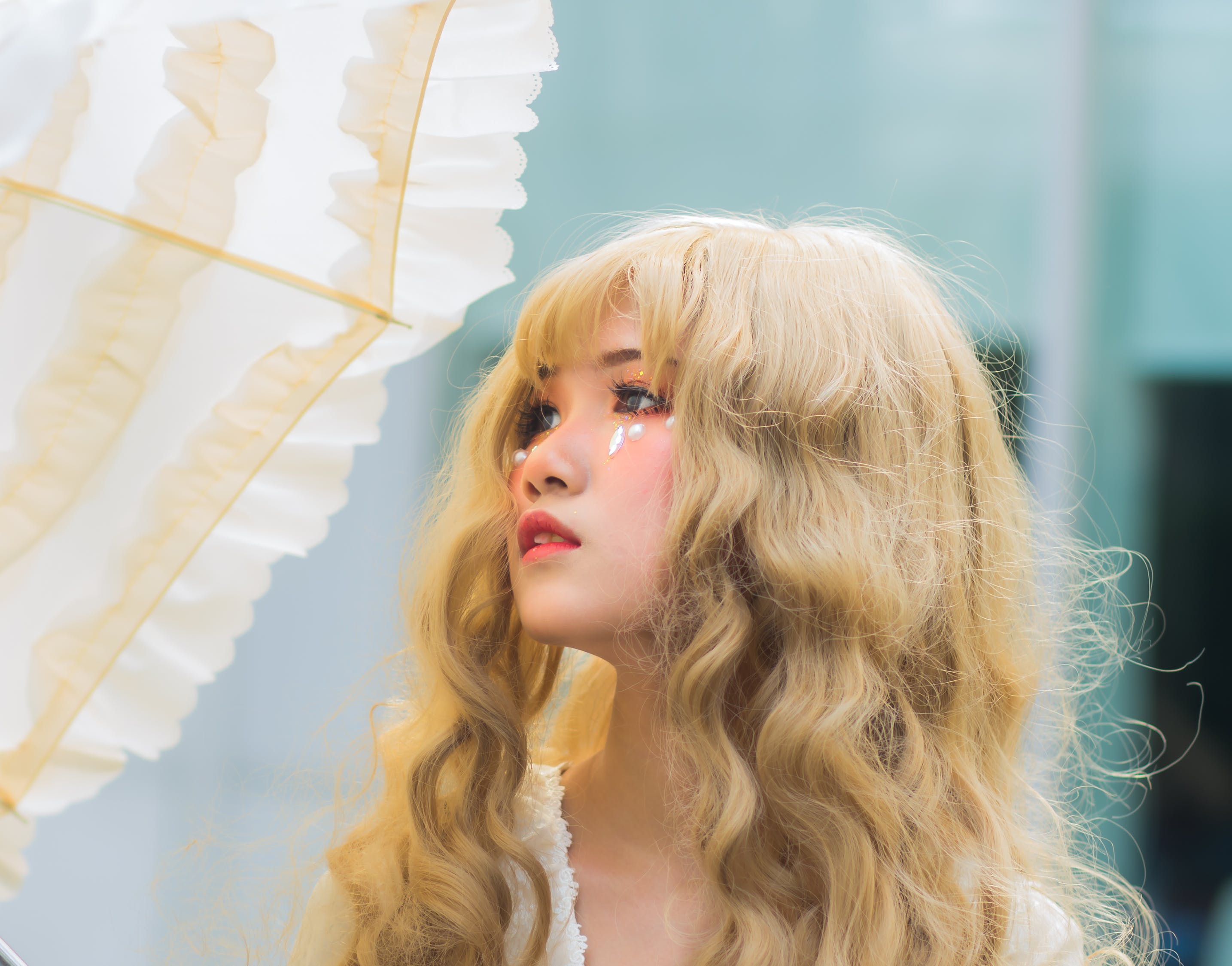There are many types of wigs!
First of all, your clients need to decide if they want ready-made or custom wigs.
Ready-made wigs are a standard hair system. They are generally synthetic, pre-styled, and fit all options in one size.
As a slightly more customizable option, these units can be adjusted by the wearer’s head to increase the price.
These units are not custom made for individual customers and tend to appear a bit impractical. However, it is generally the cheapest option.
Custom wigs are specially made for our clients. They are generally made of lighter materials and are more comfortable to wear.
These are custom made so you can focus more on the front of the hairline. This is important because the hairline’s front is considered the most important part of the hair system.
This is because the hairline can be a dead gift from a wig or exchange system. If it mixes well, no one will notice anything other than the wearer’s hair.
Types of wigs
There are four main types of wigs: polyurethane (“poly”), mesh (lace and monofilament), combo, and open weave.
You can choose from full wigs, toppers (partial wigs), and hairpieces to suit your hair transplant needs.
Take a closer look at these systems to get an idea of exactly what type of wig your customers are targeting.
Polyurethane style
Polyurethane (“poly”) wigs are generally light and colored. This helps to blend in with the client’s skin tone.
This skin-like material makes it easier to use tapes and stickers throughout the wig and helps extend the wig’s life.
The comfort of a polyethylene unit is quite different from what you would expect from a networked unit.
This base material is less breathable and tends to overheat. Some wearers also report that the polyethylene wig base has a thicker feel and creates a “floating” feel on the scalp.
This tends to affect the appearance of the hairline and can make it look unnatural.
Mesh unit
Mesh units are a common category consisting of full lace and monofilament styles.
The entire lace group consists of Swiss lace, glass-silk, and a 100% hand-tied system. The monofilament construction includes 100% hand-tied single and double units.
Monofilament material is a blend of wonderful lace-like materials, usually polyester or nylon mesh.
Because of this type of wig’s unique construction, The top is breathable, so it has a sensitive scalp.
Also, once placed, it will be the color of the wearer’s scalp. This is because each hair of the monofilament wig is hand-tied to the mesh blend base.
This time-consuming process creates a very natural look and blends the hair perfectly.
This allows you and your clients to grow out of their hair follicles, even if they part their hair wherever they want.
This category is probably the most versatile option. They are up-styled, pushed behind the ears, and separated pretty much everywhere so that the base of the wig is discreet.
The hairline of the wig is barely noticeable, and the scalp is usually visible through the mesh. This gives it a lot of versatility and provides a natural and authentic look.
Full lace units usually have urethane strips for adhesive application. Our lace ribbon [attachment to lace front support ribbon] is ideal for use in mesh systems.
These units are so delicate that the lace ribbon is delicate enough to be used in these hair systems and will not be damaged.
Combination
You can combine some monofilament models with a hand-knotted top that allows for a worked bottom and sides.
This gives customers nearly all the benefits of hand-tied mesh units while being more affordable.
The combos featured in this section are the most popular structures, but we’ll discuss the bass in more detail below after reading more.
The structure of the lace front wig is as simple as you might think. These styles have laces on the front of the unit only.
A fine mesh base where the individual hairs are tied together is perfect for creating natural-looking fine lines.
The laces are placed along the forehead where the hairline is naturally. The rest of the unit uses a thicker cap as a base. You can also sew these with clips that help attach them to other existing hair or wig caps that can be used.

